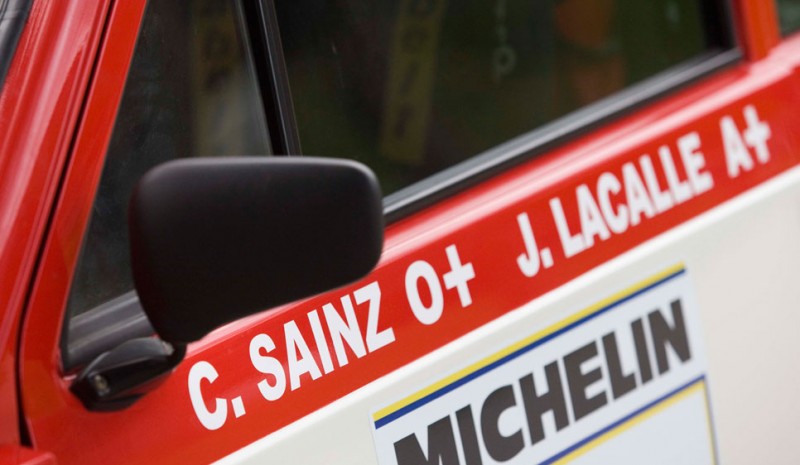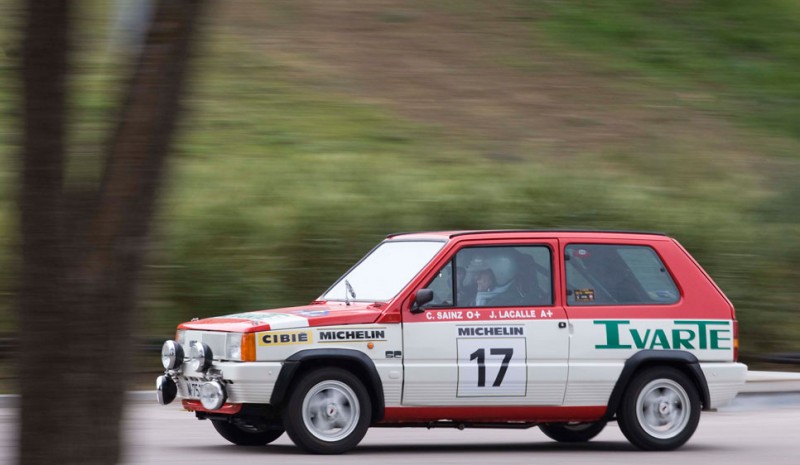classic test: Seat Panda Gr.2, 30 years later
Three decades after being released and run with the official Panda Rally Cup- -the prototype I ever get to your steering wheel thanks to the perfect restoration that has made the Historical Department of Seat. This is the Panda Group 2 in its purest form.
In 1980, Seat facing the end of his time as ally Fiat brand. In the competition department, who ran José Juan Pérez de Vargas, it was decided to set up a promotion formula rally image of the Autobianchi Cup Italy and France: the Seat Panda, to promote and publicize the use of this model among younger. Endowed with major awards, the Cup should begin in early 1981 but, as almost always, was delayed for bureaucratic reasons, cars delivery orders, etc. Since this formula was going promotion aimed at young people without experience, one of the fundamental parameters should be the strength of the product. Therefore, the head of the department contacted me at the end of the season. During the year 1980 I had driven a Seat 124/2000 16 valves Gr.5 ex-official, but the offer was for ProBase and the prototype Panda lead him to see, especially their weaknesses. How was the thing, which I accepted.

In Madrid no head and broke my prototype was entrusted to Santiago Martín Cantero for their preparation. It was painted a bright red and white colors (as the CS lubricants were officers Seat at the time) and assembly of the elements was made mandatory safety and the aletines brought from Abarth.
It was out with the Panda in the first rally of the season 81, do a little advertising model and, above all, see what their faults were to address them in Cup. Despite being enrolled in Gr.2, only modifications consisted of a anti roll bar, a baquets, a more generous carburetion and Iresa escape Louder and a Targa tires somewhat wider.
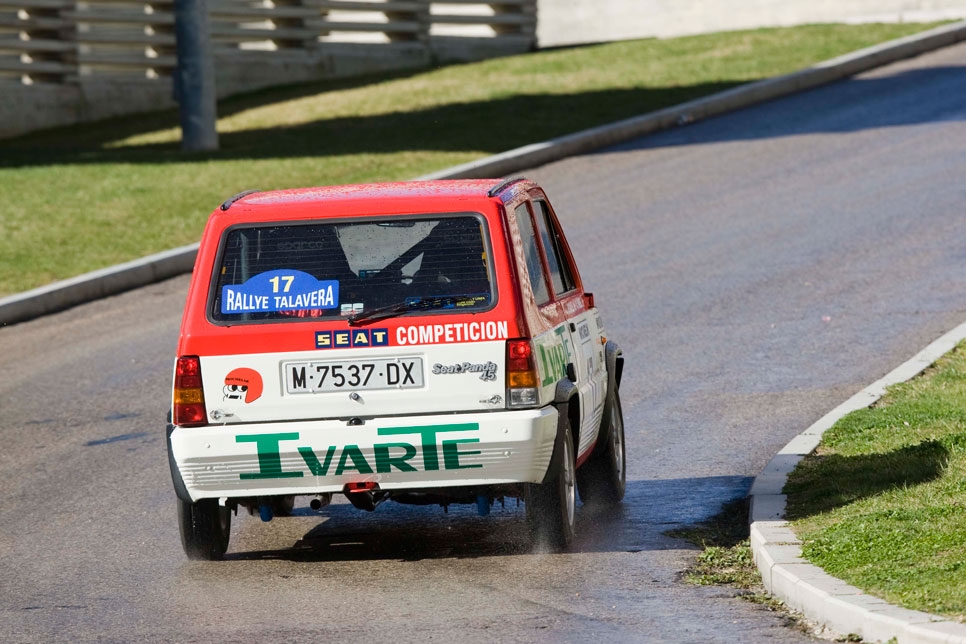
I have now, thirty years later, reunited with “My” Panda, recently restored by the historical department Seat. Apparently it seems that time has not passed for him, although it has been thoroughly overhauled after many years cast aside in a corner. I open the door and rediscover that position “anticarreras” driving: steering wheel was very high and the already if tall body, you gave a sense of instability that did not correspond to reality because, with a harder shock absorbers ( at CS Rallye It busted 4), scruffy well.
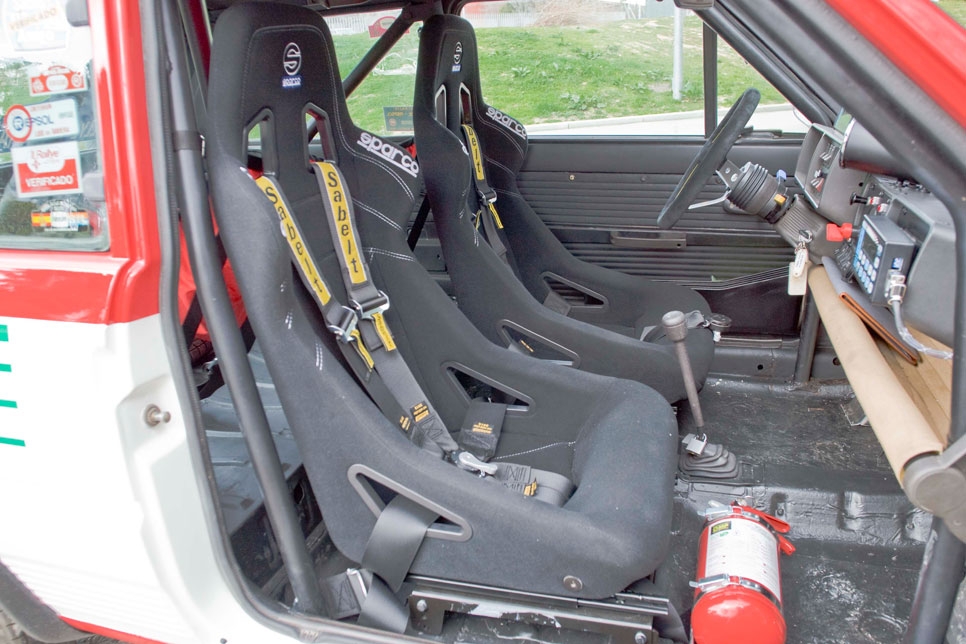
The address It was and still is very geared down; after many years driving directions usually with more modern, now it struck me as too slow; Anyway, I’d just never give the “thread”.
He motor It remained almost standard, like the change, which did not close ratio In Chardonnet asked us -of nearly 1,000 euros a time- !. Propeller, yes, it has a dynamic air intake on the carburettor, like those who rode the F-1430 (source Seat 1200 Sport). Panda operation remains simple, smooth and boot and clutch. Well, as a normal car. All easy, easy. As for the brakes, given the low weight of the car, swimmingly they work and stuck in moments; even though the PB20 riding were really “historic” and were already quite old and hard. Still, the Panda was holding very well, but still gives an impression of tall and narrow car. You have to drive it, “with faith,” as Carlos Sainz say, he made his first “steps” with this same car-slightly improved-the following year, this being his first official car.
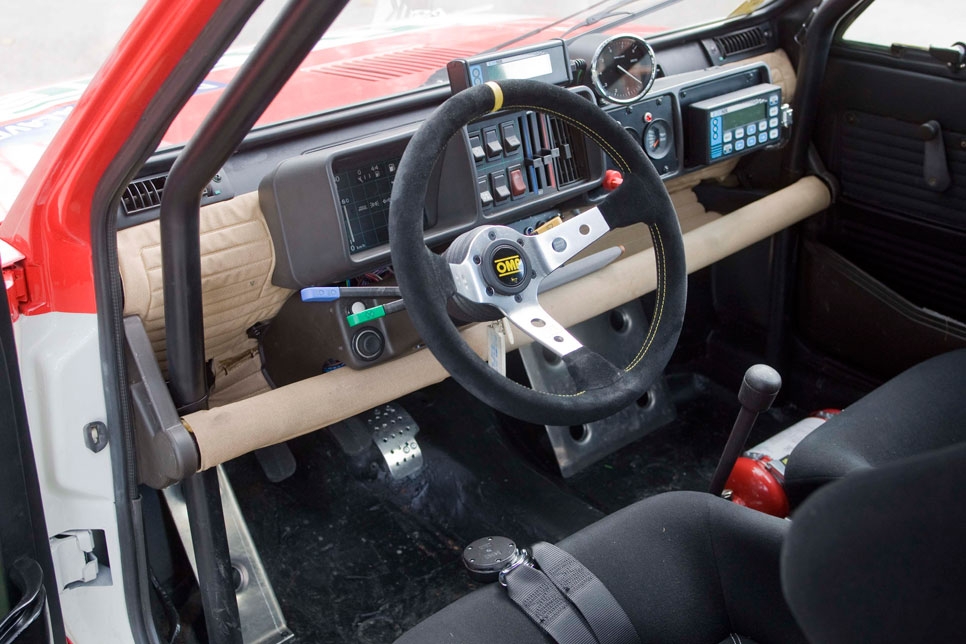
In 1981 I ran with him several rally (Spain, CS, Bavaria, Prince of Asturias and Rioja) and saved a break in Bavaria (due to a camshaft that did not correspond to the engine), always answered swimmingly. In fact, no broke practically nothing. 30 years later, he wants to continue giving war rallies regularly. If you do not win, it will surely be one of the most applauded, because it retains the sympathetic and still young image.
Data sheet Seat 45 Gr.2 Panda (1981)
MOTOR
Kind: 4 cylinder, iron block, aluminum cylinder heads and five journals crankshaft.
Position: transverse front.
engine displacement: 903 cm3
Feeding: Double Weber carburettor 32 (Seat 1200 Sport).
Power: 65 hp at 6,200 rpm.
TRANSMISSION
Traction: Front, without self-locking.
Change: 4 synchromesh gears manually.
CHASSIS
Front suspension: Independent wheels, McPherson type with coil springs and dampers Stromberg (70 compression-extension 150). Stabilizing 20 mm.
Rear suspension: tubular axle, crossbow bonded panhard bar, Stromberg inclined dampers (20 compression-extension 105).
Brakes: Separate circuit for each train unassisted. Front disc 227 mm. Rear drum of 187 mm. Ferodo pads 574.
Wheel: Targa tires 13 “with Michelin TB 5 13/53 front tire measures and measures 15 11/53 TB behind.
BODYWORK
Battle: 2160 mm.
Tracks / after: 1,250 / 1,250 mm.
Length x WIDTH X HEIGHT: 3380 x 1520 x 1400 mm.
Gasoline deposit: low back chassis.
Weight: 706 Kg.
BENEFITS:
Maximum speed: 145 km / h.
Average consumption: 10.2 l / 100 km.
Time of manufacture: 1980.
Units produced: 1.

